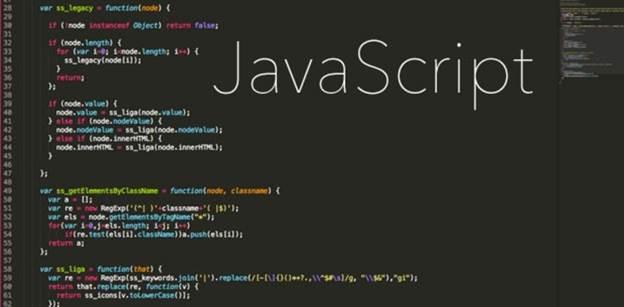JavaScript Components For Easy Development

Introduction
JavaScript components create a simple way to build modern interfaces. Each component works on its own and still fits smoothly into a larger system. This model gives developers clean code and fast updates. It also supports stable data flow across complex screens. Teams use components because they bring order, reuse, and long-term clarity to fast-moving projects. JavaScript Online Course with Placement helps learners build strong skills that match current industry needs.

JavaScript Components For Easy Development
JavaScript supports a flexible component model that allows developers to break complex interfaces into small parts. Each part works on its own and still fits well inside a larger system. This idea drives clean code. It also gives teams a way to maintain long projects without fear of confusion. A component holds logic, structure, and style in one place. This helps developers test parts in isolation. It also helps them reuse the same block many times in a project. Modern frameworks use this model because it keeps the browser workload light and stable. The model also fits the needs of cloud-driven apps that handle large data flows.
Functional Components
A functional component uses a simple function to return UI. It accepts inputs through props. It produces a clear output rendered by the browser. This model removes heavy class code. It also reduces memory use inside the render cycle. The framework reads each function. It then builds the view with a fast diff check. The component receives signals from parent elements. It updates only parts that need change. The code runs without hidden state by default. The developer uses hooks when they need small pieces of state. These hooks need to follow several rules to keep the component stable. Moreover, the browser receives updates in a fine sequence that creates smooth frames without delay.
Class Components
Class components in JavaScript use a class that extends a base element which is offered by the framework itself. This class supports lifecycle stages. As a result, developers can attach listeners, get data, and clean resources easily. It loads children. It manages internal state. It supports error boundaries for critical sections. The browser reads the class and tracks the lifecycle in strict order. This model suits complex structures that need control at each stage. The component uses methods like mount, update, and unmount. These methods help the developer control how data flows through the tree. The class model remains relevant in legacy systems. It also supports large enterprise apps that rely on Predictable lifecycle phases.
Container Components
A container component holds logic but no layout. It fetches data. It interacts with services. It prepares the values needed by other components. It then passes clean data to presentational units. This pattern allows a clear split between logic and design. The browser receives only light render instructions from presentational units. The server receives minimal API calls because the container centralizes them. This model reduces code repetition. It also stops messy logic from leaking into layout components.
Presentational Components
A presentational component holds layout and style. It receives data from its container. It returns a clean user interface. It does not manipulate API calls or complex state. The developer uses this model to keep design blocks simple. Since the component has no heavy logic, the renderer gets faster updates. Design teams can work with these components without touching core logic. This creates a strong separation of roles inside a project. It also makes design changes safe.
Higher-Order Components
A higher-order component receives a simple component. It returns a new component with extra behaviour. It does not change the original input. Instead, wraps it inside another layer. This layer provides access to shared logic. It also handles repeated patterns like subscriptions or tracking. The wrapper handles them on a single component. As a result, the browser gets less lines of repeated logic. Thus, without having to rebuild the original component, the model allows teams to inject behaviour more easily. JavaScript Course in Delhi guides students through advanced concepts with real project practice.
Controlled and Uncontrolled Components
A controlled component receives its value from state. It updates that value through events. This gives the developer full control of form input. It also helps them track each change with precision. An uncontrolled component stores its value inside the DOM. It exposes refs to read final data. This gives the browser more control. It also reduces overhead when real-time tracking is not needed. Both models serve different needs. The developer chooses the one that fits the task.
|
Component Type |
Main Role |
|
Functional Component |
Simple UI with pure logic |
|
Class Component |
Complex UI with lifecycle control |
|
Container Component |
Logic and data flow management |
|
Presentational Component |
Clean layout and style |
|
Higher-Order Component |
Behavior injection without rewrite |
Component Libraries
Modern development uses ready-made components. A library offers tested units with safe defaults. It supports themes and clear patterns. It reduces bugs that come from raw code. It follows standards that match browser behaviour. The developer can easily build dashboards, forms, charts, and grids using these units. While the bundle loads with tree-shaking support, the app remains lightweight with the unused code drops. This keeps render cycles fast. It also keeps memory use small.
Conclusion
A strong component model shapes clean and reliable JavaScript development. Each unit holds a clear value, which ultimately reduces errors. JavaScript Training in Noida enables aspiring professionals to understand each JavaScript component for better efficiency. JavaScript improves speed. This is attained easily because the browser updates only the parts that change. This reduces confusion amongst teams. JavaScript supports reuse, testing, and long-term stability across large codebases. This makes it a favourite among modern app developers.




